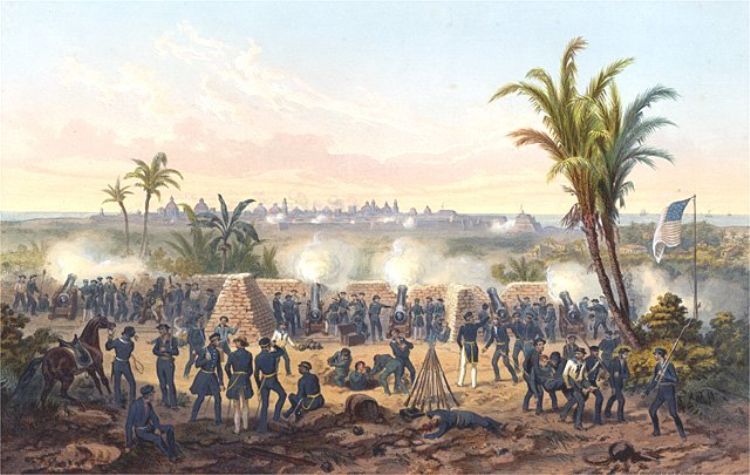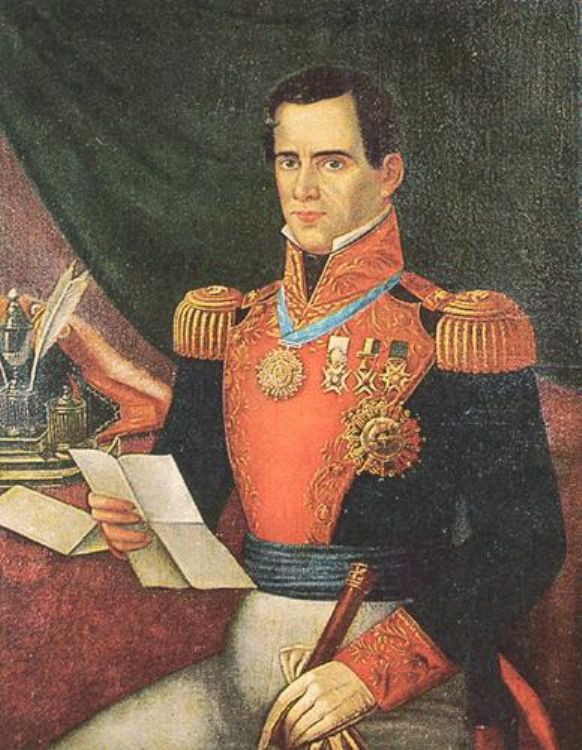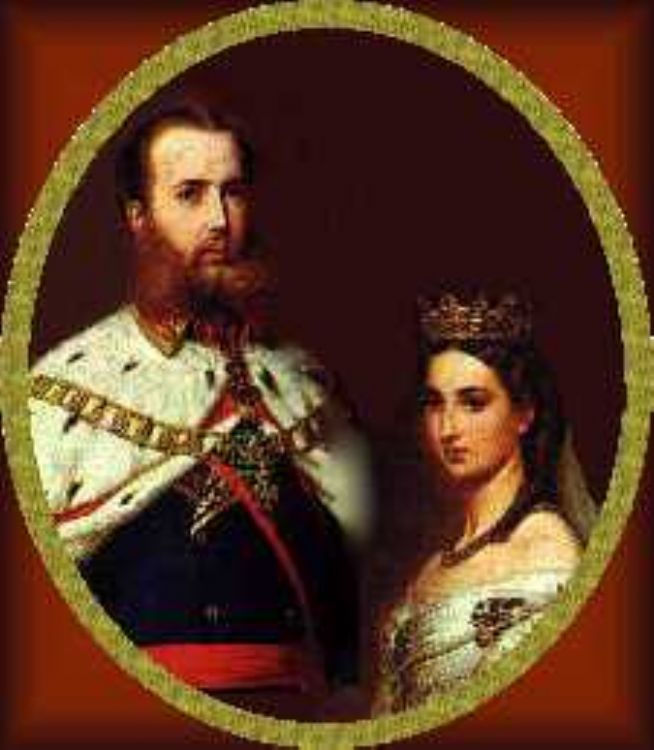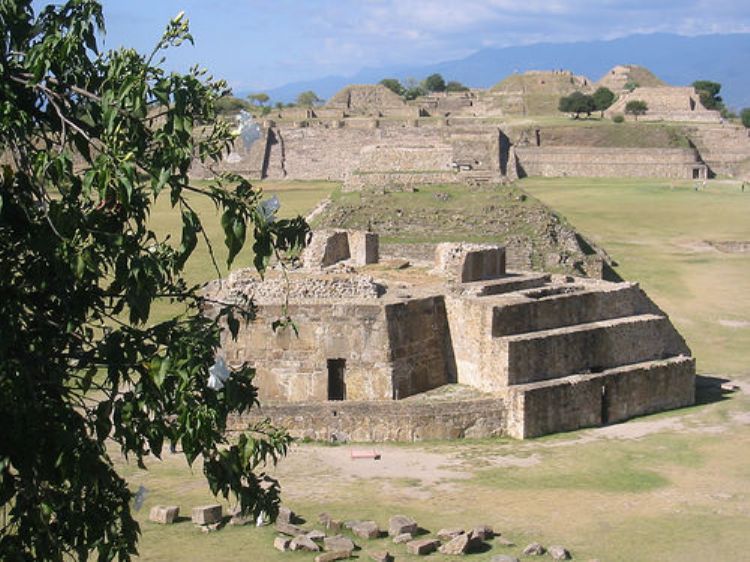Xavier Villaurrutia
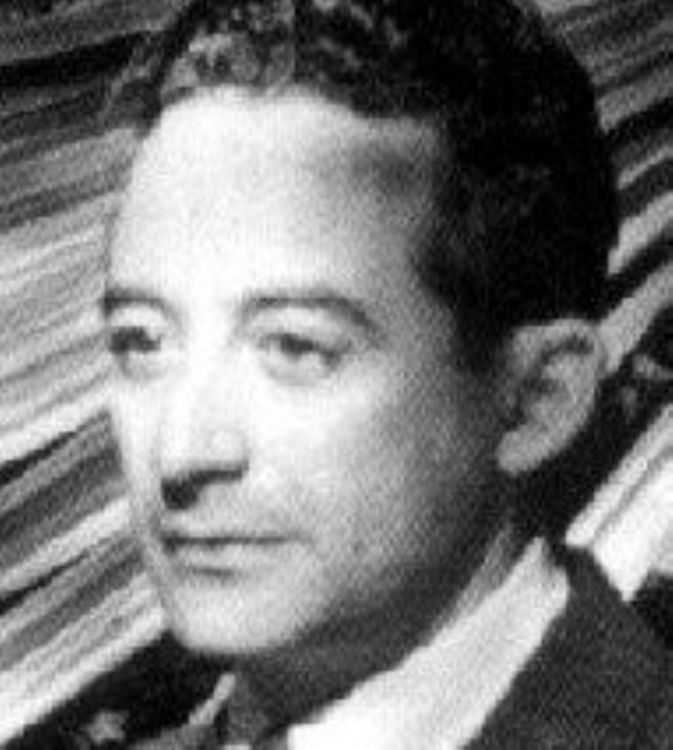
Xavier Villaurrutia was born in Mexico City on March 27, 1903; and died in December of 1950, despite having lived only 47 years, he was one of Mexicoâs most influential writers and a great leader of national literature. He studied at the French School, where he met Salvador Novo, Jaime Torres Bodet and Jorge Cuesta, who like him, would later become successful writers. He enrolled in Law School but soon abandoned it to become fully dedicated to literature.
Villaurrutiaâs first poems appeared in 1919, strongly influenced by French Symbolists and Mexican Modernists, contrasting universal beauty with his eraâs nationalism; and was described by Octavio Paz as âauthor of perfect poemsâ.
His poetry dealt with the issue of death, centered on images of night and darkness; however, his later work tended towards topics of love and rebirth. His most significant publication is âReflectionsâ (1926), a book of poetry where he began to develop his solitude and silence traits through the use of metaphors. His second book of poems was published twelve years later, âNostalgia of Deathâ (1938), followed by âSong of Springâ (1948), his third and last poetry work.
The latter strayed away from his usual topics, reflecting an interest in sensuality and beauty.
The surrealist technique of unconscious idea association is strongly present in his poetry, exhibiting different experience planes. Resulting in a phantom tale of life as an unsatisfying anxiety, revealing that life has no greater intention or conclusion than death.
Together with other great Mexican writers and thinkers, including his great friend Salvador Novo, he founded âUlisesâ magazine in 1927, titled in honor of Irish writer James Joyce. Over the following years, he published his poems in various literary magazines, culminating with the publication of âContemporáneosâ, of which he was cofounder and editor. This magazine, through the writers that collaborated in it, set the tone for vanguard literature in his time, highlighting a universalism that angered nationalists, including painter Diego Rivera, who created a mural portraying the Contemporarios as traitors to the people.
Notable of the Contemporaneos was the age of its members, all between 15 and 20 years, who had already published their works, were professors and occupied posts in the government and universities. Xavier Villaurrutia published his poems for the first time at 16 years of age and before 20, he was already one of the most transcendental critics of his generation. The precociousness of his colleagues might have been prompted by the Mexican Revolution that alienated the adult writers who fled from the violence of the country and the great writers linked to Porfirio Díaz fell in disgrace. José Vasconcelos was also a determining factor because he invited the young to participate in the renovation of education in Mexico.
Villaurrutia played an important role in the renovation of Mexican theater, after majoring in dramatic arts at Yale University through a scholarship granted by the Rockefeller Foundation. Upon returning from Yale, he was hired as professor at the National Autonomous University of Mexico (UNAM) and became involved in theater productions of the National Fine Arts Institute (INBA), with plays by foreign writers to help revolutionize theater in Mexico. He wrote many plays, including the critically acclaimed âLa Mulata de Córdobaâ (1939), âAutos Profanosâ and âInvitación a la Muerteâ (1943).
The Xavier Villaurrutia Award was installed in Mexico in 1955 by initiative of literary critic Francisco Zendejas. It is an award granted by writers to their colleagues. This award by granted for the first time, in a retroactive manner, to âPedro Páramoâ by Juan Rulfo. The jury that selects the winner was originally named Socedad de Amigos de Xavier Villaurrutia, but after the death of Alfonso Reyes in 1959, changed its name to Socieda Alfonsina Internacional (SAI) and linked to the Consejo Nacional para la Cultura y las Artes (CNCA). The goal of this award is to stimulate and promote Mexican literature; it is granted once a year in recognition of exceptional writers, publications and careers.
Article Published by the Editorial Team of Explorando Mexico.
Copyright Explorando Mexico. All Rights Reserved.
Photo: Wikipedia

